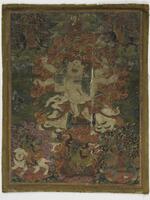29 UMMA Objects
29 UMMA Objects
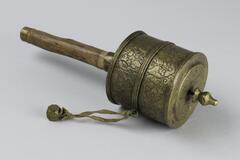
Tibetan (Tibetan (culture or style))
Prayer Wheel (Mani Wheel)
1833 – 1932
Gift of the Estate of Maxine W. Kunstadter in memory of Sigmund Kunstadter, Class of 1922
1983/1.423
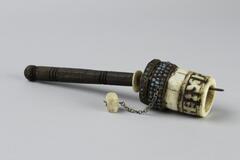
Tibetan (Tibetan (culture or style))
Prayer Wheel (Mani Wheel)
1833 – 1932
Gift of the Estate of Maxine W. Kunstadter in memory of Sigmund Kunstadter, Class of 1922
1983/1.424
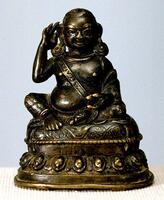
Gift of Dr. and Mrs. Leo S. Figiel and Dr. and Mrs. Steven J. Figiel
1981/2.56

Indonesian
Four-Armed Esoteric Deity, probably Avalokitesvara
10th century
Gift of Mark and Iuliana Phillips
2005/2.77
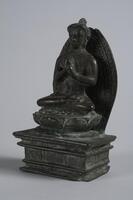
Indonesian
Vairocana Buddha, Seated in the Mudra of the Union of Six Elements
10th century
Gift of Mark and Iuliana Phillips
2005/2.78

13th century
Museum purchase made possible by the Margaret Watson Parker Art Collection Fund
2003/1.386
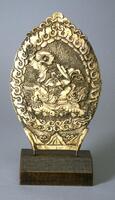
18th century
Museum purchase made possible by the Margaret Watson Parker Art Collection Fund
1985/2.50
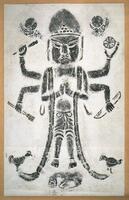
Japanese (Japanese (culture or style))
Bodhisattva Amoghapasa (Japanese, Fûkûkenjaku Kannon)(Avalokitesvara of the never-empty noose)
1945 – 1955
Gift of Mrs. Caroline J. Plumer
1991/1.76
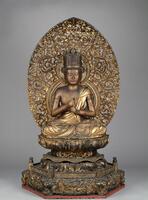
Japanese (Japanese (culture or style))
Crown for Vairocana Buddha (J. Dainichi Nyorai)
17th century
Museum purchase made possible by the Margaret Watson Parker Art Collection Fund
2003/2.59.2

Indian (Indian (South Asian))
Six-armed Bodhisattva Mañjusri, standing, with two celestial attendants
17th century
Gift of Dr. and Mrs. Leo S. Figiel and Dr. and Mrs. Steven J. Figiel
1978/2.109

Tibetan (Tibetan (culture or style))
Prayer scroll fragment, from a prayer wheel
18th century
Gift of Mr. and Mrs. Milton B. Freudenheim in memory of Otto F. Ege
1987/1.195.13
Loading…
